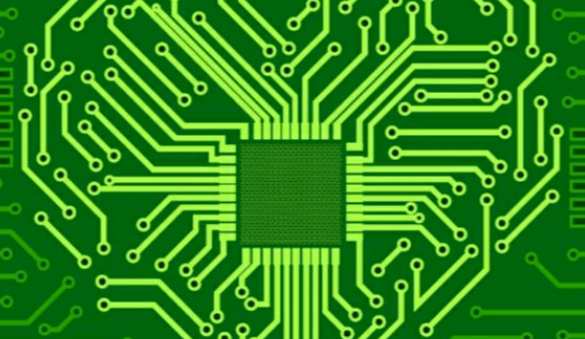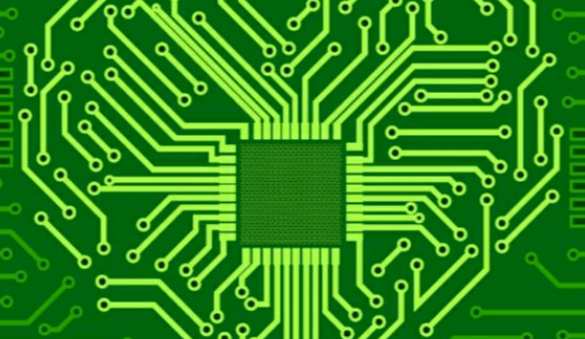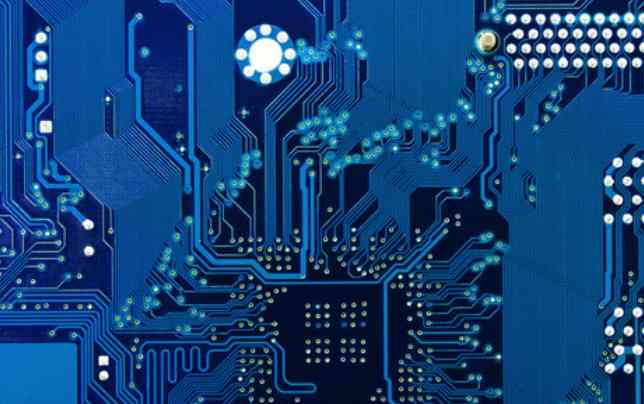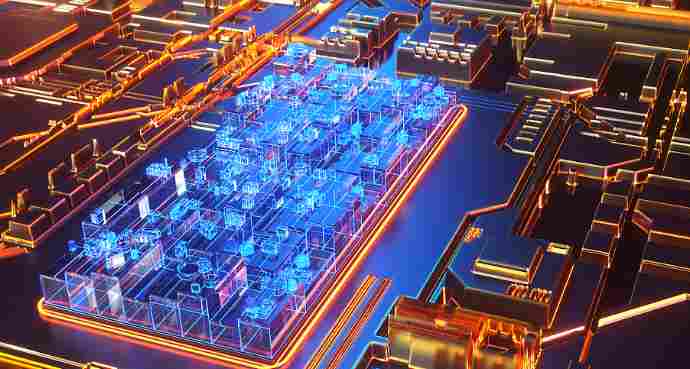
circuit board design, also known as PCB design, because the circuit board (also known as Printed circuit board) in English is called Printed circuit board, abbreviated as PCB, so circuit board design is also called PCB design; Circuit board design, from manual drawing to the larger component library, powerful automatic layout and wiring functions, more and more convenient for our engineers to carry out circuit board design work.
For PCB layout engineers, today's mobile phones present the ultimate challenge. Modern mobile phones contain almost all subsystems found in portable devices, such as multiple RF modules (including cellular, short-range wireless transmission); Audio and video subsystem; Dedicated application processors and increased I/O layouts for more and more applications, with each subsystem having conflicting requirements.
To integrate so many complex subsystems in such a small space, the reality to consider is also all-encompassing, in addition to the interference that may be generated between the same RF subsystems, the mutual interference between the different subsystems may be caused by their own operation or by wiring, EMI problems, etc., are testing the professional ability of mobile phone PCB engineers.
A well-designed circuit board must be able to maximize the performance of each component mounted on it and avoid interference between different systems. Because if there is a conflict between the subsystems, the result will inevitably lead to a decline in performance.
Today, despite the increasing audio functionality in mobile phones, much attention is still focused on the RF subsystem in board design, with audio circuits often receiving the least attention. However, audio quality, especially with the characteristics of high fax sound quality, has become one of the key points that affect whether a high-end mobile phone can be quickly accepted by the market. This article provides some suggestions to help ensure a well-laid board without sacrificing audio quality.

1. Recommended practices
Think carefully about layout planning. The ideal layout plan should divide the different types of circuits into different areas to minimize interference.
Use differential signals whenever possible. Audio components with differential inputs can suppress noise.
Isolate ground current to prevent digital current from increasing the noise of analog circuit.
Analog circuits use star ground. The current consumption of audio power amplifiers is usually large, which can have an adverse effect on their own grounding or other reference grounding.
Turn unused areas of the board into ground layers. ground flood is performed near the signal trace, and the unwanted high-frequency energy in the signal line can be capacitatively coupled to the ground.
2. What not to do
Use a hybrid circuit on a circuit board. Although the RF region of a cell phone is generally considered analog, noise coupled from the RF region to the audio circuit may be demodulated to audible noise.
The analog audio signal wiring on the board is too long. Too long an analog audio trace may absorb noise from digital and RF circuits.
Forget the importance of the grounding loop. A poorly grounded system is likely to have serious distortion, noise, crosstalk, and low RF immunity.
Interrupt the natural loop of digital current. This path has the smallest loop area and minimizes the effects of antennas and induction.
How should PCB board design consider heat dissipation
PCB designers should pay attention to the following points to ensure proper cooling of electronic devices:
1) Use high-temperature components as much as possible;
2) Separate temperature-sensitive components from high heat dissipation sources;
3) Ensure proper conductor cooling, which can be cooled by the following three heat transfer methods, such as heat conduction, convection and radiation.
Heat conduction is achieved through the following ways:
1) Use materials with high thermal conductivity;
2) The shortest distance to the radiator;
3) Ensure a good thermal connection between all parts of the conduction path;
4) Set as large a printed conductor as possible in the path of heat propagation.
High density multi-layer printed circuit board, printed circuit board PCB convection cooling can be achieved by the following:
1) Increase the surface area to spread heat;
2) Use turbulent flow instead of laminar flow to increase heat propagation efficiency and ensure that the surrounding environment of the required cooling part is well cleaned.
Increased radiation heat dissipation can be used:
1) Use materials with high emission and absorption;
2) Increase the temperature of the radiator;
3) Reduce the temperature of the absorber;
4) Minimize the reflection of the radiator itself through geometric design. In order to remove local hot spots that will damage the circuit board or adjacent components, pay special attention to the layout of power transistors or high-power resistors. In general, these components should be installed near the frame of the radiator.
In order to keep the components below the maximum operating temperature, it is necessary to:
1) Analyze the circuit to understand the maximum power consumption of each component;
2) Determine the desired maximum surface operating temperature of the component, the maximum allowable temperature depends on the component itself and the insulation environment. With these factors in mind, you can make a good design.







